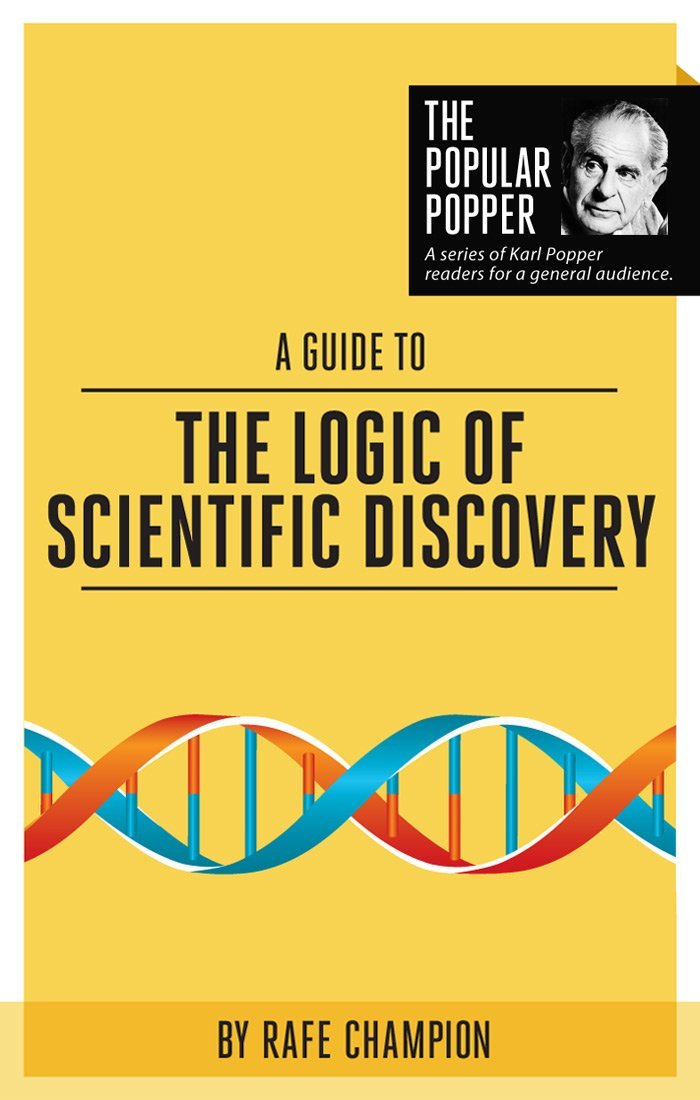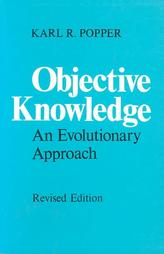Not new but illuminating, a study of public policy relating to arts funding, by a really interesting person, Tyler Cowen. His site.
The book, Good and Plenty: The Creative Success of American Arts Funding. Princeton Uni, 2006.
Good research and scholarship can change the way we see the world. Tyler Cowen achieved this with his study of the counterproductive impact of the Marshall Plan that delivered aid to Europe after WW2. This story can be found on his web site and it might have warned the West off the disastrous aid programs to the Third World that were partly inspired by the Marshall Plan.
He has done it again in this book where his intention to steer the arts policy debate away from its previous focus on the National Endowment for the Arts. “More significant questions concern the use of our tax system to support nonprofits, creating a favourable climate for philanthropy, the legal treatment of the arts, the arts in the American university, and the evolution of copyright law. I also seek to recast the debate over direct funding of the arts…A more fruitful inquiry involves what general steps a government can take to promote a wide variety of healthy and diverse funding sources for the arts.”
Cowen is a professor of economics at the George Mason University (Virginia) and a daily contributor to the blog Marginal Revolution. He has a special interest in the economics and dynamics of the arts and culture, using culture in the broad sense employed by T S Eliot to include the preparation and consumption of food. Ironically (or appropriately) the most popular page on his personal web site is his ethnic eating guide to the Northern Virginia, Washington DC and Maryland area.
He has previously challenged widespread views about the damaging influence of capitalism and mass consumer culture on the vitality and diversity of the arts. “In Praise of Commercial Culture” surveyed the last two or three centuries to show how the capitalist market economy provided a vital but underappreciated framework to support a wide range of artistic visions. In “Creative Destruction” he pursued the same theme to argue that international free trade in goods and ideas will alter or disrupt many particular cultures but the net result will be positive.
In “Good and Plenty” Cowen is looking for some middle ground between libertarians who oppose any kind of government interference in the arts and others who think that the very survival of the creative instinct depends on the generosity of governments. The book is a remarkable contribution at the conceptual level and also with the mass of information that he has assembled on the diverse forms of direct and indirect assistance that US governments have provided. He set out to bridge the gap between economic and aesthetic perspectives because neither of these approaches can stand alone as a tool for evaluating policy. He explains how the US managed to combine luck and cunning to organise arts funding in a remarkably effective way, bearing in mind that the controversial NEA program accounts for less than 1% of public support for the arts.
His chapter on “Indirect Subsidies: The Genius of the American System” catalogues the many forms of indirect support (form tax breaks to the universities) that represent the overwhelming majority of public funding for arts and culture. A chapter gives the history of direct funding, and he argues, contra received opinion, that direct funding is likely to be too conservative. The descriptive material in these two chapters conveys a surprising and counter-intuitive perception of the role of the US government in cultural affairs. Another chapter gives a somewhat disconcerting account of the mounting challenges from cyberspace to the benefits that creators and distributors of cultural have gained from traditional copyright laws. He ends his (possibly) somewhat rose-tinted account with suggestions for improvement of the system.
To get straight on the figures, he reports that donations (from both individuals and corporations) listed as tax deductions for ‘Arts, Culture and Humanities’ amounted to $30 billion in 2003. Compare this with NEA funding which peaked at $175 million in 1992. He estimates that donations of time amount to some 390,000 volunteers with a dollar value in the order of $20 billion. In contrast the French government limits tax deductions for the arts to 1% of taxable income for individuals and 0.1% for corporations. Germany allows deductions but bureaucratic restrictions make the scheme unworkable. He noted that some foreign firms make up for the parsimony of their own governments by giving generously in the US through their US-based subsidiaries!
Cowen casts his net wide for examples of indirect support such as the Government promotion of international free trade through the General Agreement on Tariffs and Trade and the World Trade Organisation. Imported artworks are exempt from duty and until recently we are advised that the US government turned a blind eye to imports of antiques from ancient civilisations that may have been stolen or acquired in black or grey markets. Yet another form of support is the higher education system which provides a niche for large numbers of writers, artists and musicians despite reservations by many creative people about academic influences.
Direct funding commenced in a small way in 1817 with a commission of paintings to celebrate the Revolutionary War. The New Deal in the 1930s produced the first large-scale effort with assorted programs including the Works Progress Administration (WPA) and the Public Works of Art Project (PWAP) employing 5000 artists per year at the peak and 40,000 all told. The total cost of WPA programs through the New Deal to their close in 1943 ran to the vicinity of $100 million, equivalent to $2 billion today.
The Cold War prompted government aid far in excess of the generosity of the New Deal, through such a wide range of agencies and programs (including comprehensive cultural control in Germany, Austria and Japan for several years) that the amount of money involved is very hard to estimate. Cowen estimated that cultural outreach peaked in 1953 at $129 million, over $700 million in current dollars and that was only a part of a much larger propaganda effort that spent up to $2 billion per annum, employed over ten thousand people and reached 150 countries. As a wry aside, Cowen notes that the current allocation for military bands at $200 million exceeds the funds dispensed by the NEA.
Getting back to the domestic function of direct support for the arts, Cowen points out that agencies such as the National Endowment for the Arts can either act as venture capitalists to simulate new artistic ideas (hopefully picking artistic winners) or they can focus on works of high culture that have stood the test of time. Their efforts tend to be split between these roles, trying to be all things to all people to ensure their political survival. The sums of money distributed in direct support of the arts at home are negligible compared with the volume of indirect support and so the fuss about NEA funding is a storm in a teacup and it is most unhelpful that the debate on public funding for the arts is mostly about the use and abuse of these funds.






